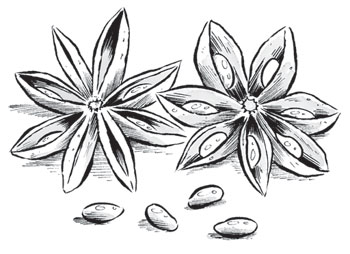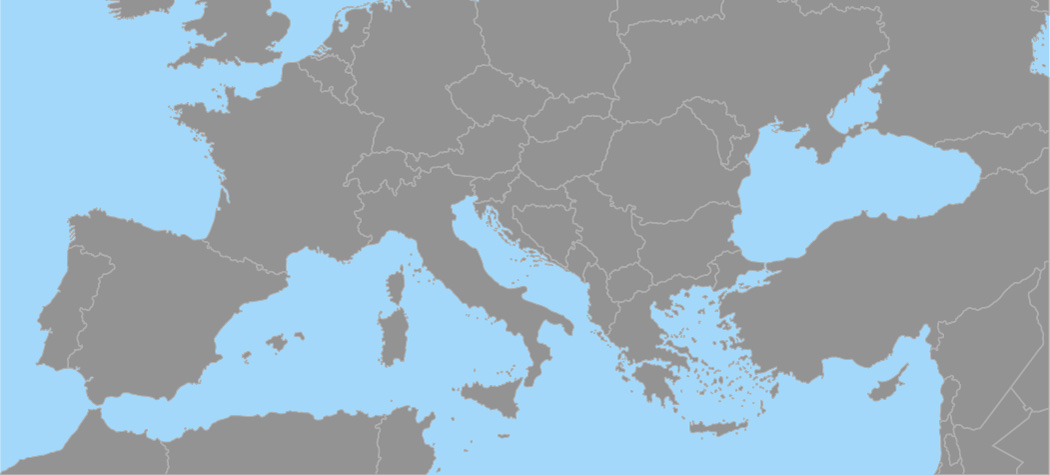
Ouzo is a member of the extended “anis” family (the name the broader group of anethole-based alcoholic drinks goes by internationally) scattered around the globe. In the European Union, things are pretty clear: a regulation adopted by the Council of Europe in May 1989 set the conditions an alcoholic drink must fulfill before it is included in the aniseed-flavored drinks category to which pastis, anise, and ouzo have also fallen under.
The clan’s family tree spreads out from the depths of the East all the way to Mexico, with most of the “relatives” residing in the Mediterranean Basin countries, where aniseed flourishes. The use of aniseed as a flavoring substance in that region led to the gradual growth of the anis family, creating communities in countries such as Turkey, France, Italy, Spain, and Greece.
What is the feature that distinguishes ouzo from the rest of its clan? In the case of most anis drinks, the flavors are obtained by first distilling the seeds in water and then adding the distillate to the alcoholic solution. When it comes to ouzo, the flavoring substances are obtained by directly distilling the seeds in a solution of water and alcohol.
![]()

